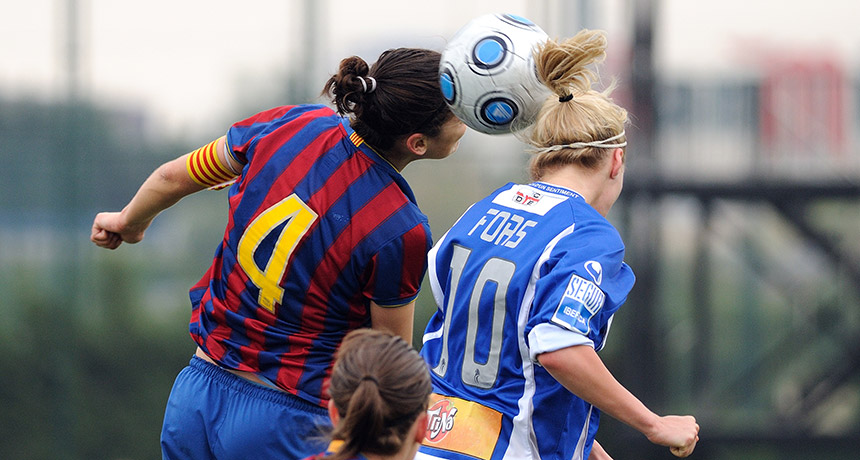Soccer headers may hurt women’s brains more than men’s
MRI scans show signs of white matter damage for both sexes

HEADS UP A head-to-head comparison finds that heading a soccer ball may damage white matter in women’s brains more than men’s.
Christian Bertrand/Shutterstock






